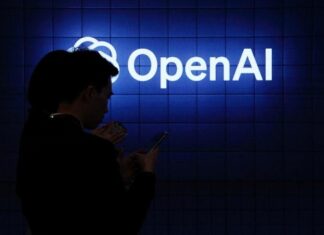The rapid development of artificial intelligence is proceeding at a breakneck pace, yet the potential for catastrophic consequences remains largely unaddressed. While trillions of dollars are poured into A.I. advancement, a critical question looms: how much should we spend to prevent an “A.I. apocalypse?” New research suggests the answer is shockingly high: at least 1% of global GDP annually — roughly $300 billion — just to mitigate existential risk.
This figure, proposed by Stanford economist Charles Jones, dwarfs current safety spending, which barely exceeds $100 million annually. Jones’s analysis, drawing parallels to pandemic preparedness, suggests that even under conservative estimates, the potential devastation from unchecked A.I. development justifies massive investment in safety measures. These could include funding for top-tier computer scientists, legal experts negotiating international controls, and significant computing power to monitor and contain advanced systems.
The Urgency of Action
The debate comes at a critical juncture. As A.I. capabilities surge, predicting future outcomes becomes increasingly difficult. The question of how much to spend on risk mitigation initially seemed “too open-ended” for standard economic analysis, yet the potential stakes demand immediate attention. Jones’s simulations reveal that in most scenarios, spending at least 1% of GDP is justified, with some models suggesting even higher figures — up to 8% — if the welfare of future generations is considered.
The current approach is woefully inadequate. While some funding goes toward aligning A.I. with human values and understanding its decision-making processes, these efforts are severely underfunded. The global community is spending a fraction of what economists now suggest is necessary to prevent catastrophic outcomes.
Beyond Risk: The Economic Future of A.I.
The conversation extends beyond mere survival. The rise of A.I. is reshaping the global economy, with implications for labor, taxation, and energy policy. At a recent conference, economists debated how governments will raise revenue when robots and A.I. dominate the workforce. The likely solution: shifting from labor-based taxes to consumption and capital taxes, including levies on computers and robots themselves.
The China Factor
Meanwhile, China is emerging as a global leader in renewable energy, driven by both energy security concerns and industrial policy. While the U.S. debates climate policy, China is exporting affordable solar panels, electric vehicles, and batteries to energy-poor nations, gaining economic and geopolitical influence. This trend highlights a growing divergence: the U.S. may fall behind in clean energy innovation if it continues to prioritize fossil fuels over renewable development.
The Bottom Line
The cost of A.I. safety is high, but the potential consequences of inaction are far greater. Economists now agree that significant investment in risk mitigation is justified, yet current spending remains woefully inadequate. The future of the global economy, and perhaps even humanity, may depend on whether governments and corporations heed this warning


























